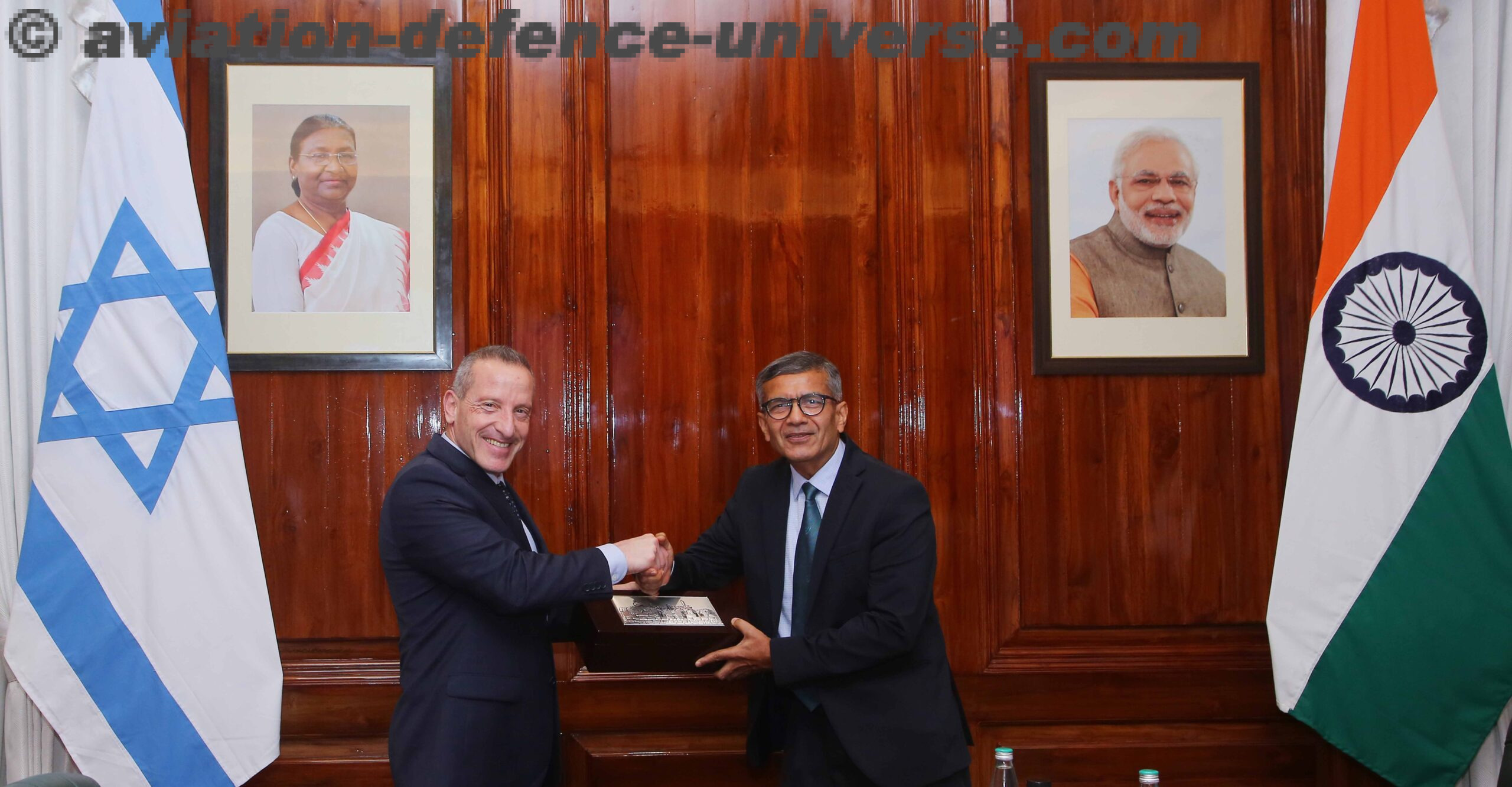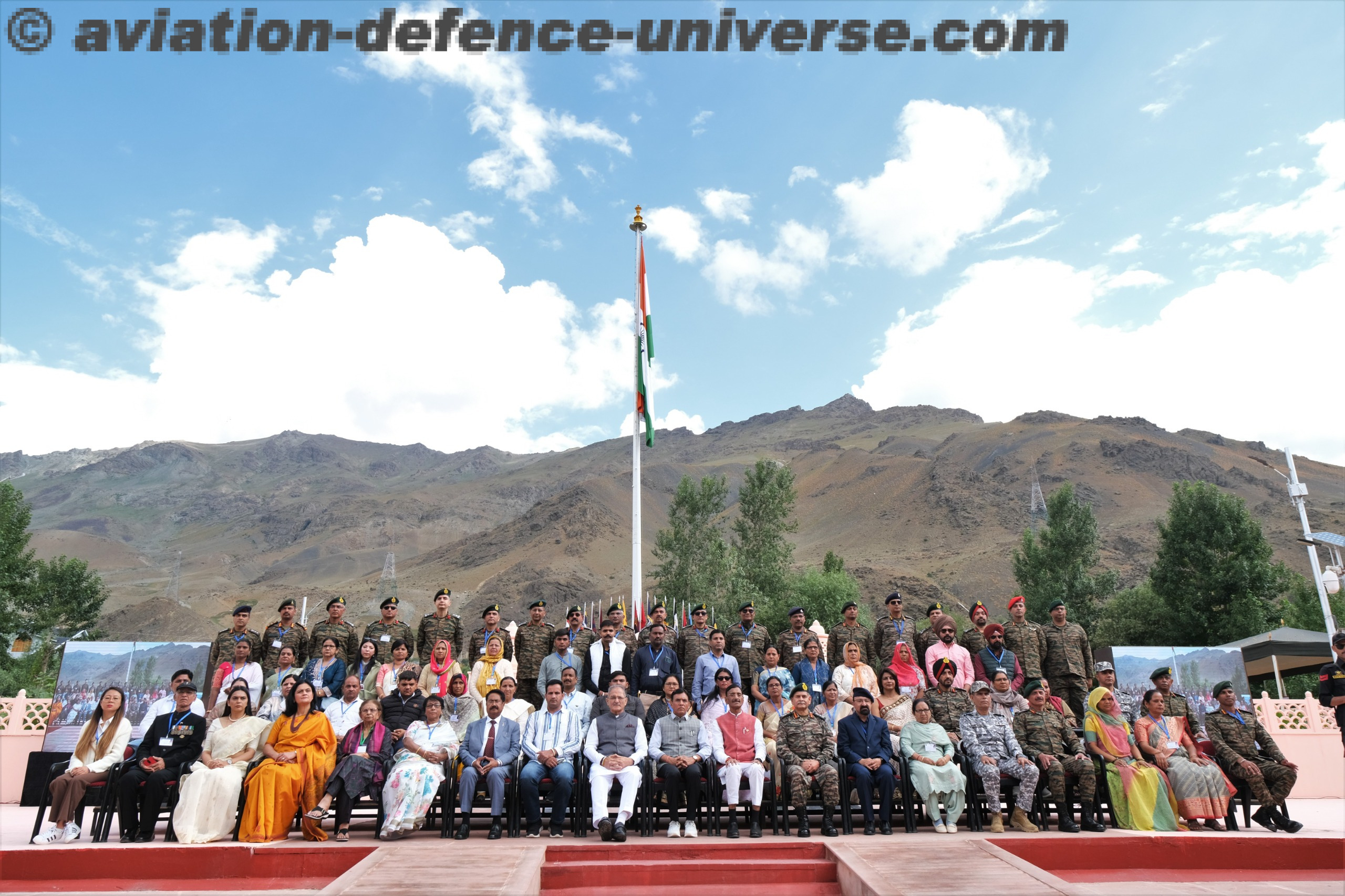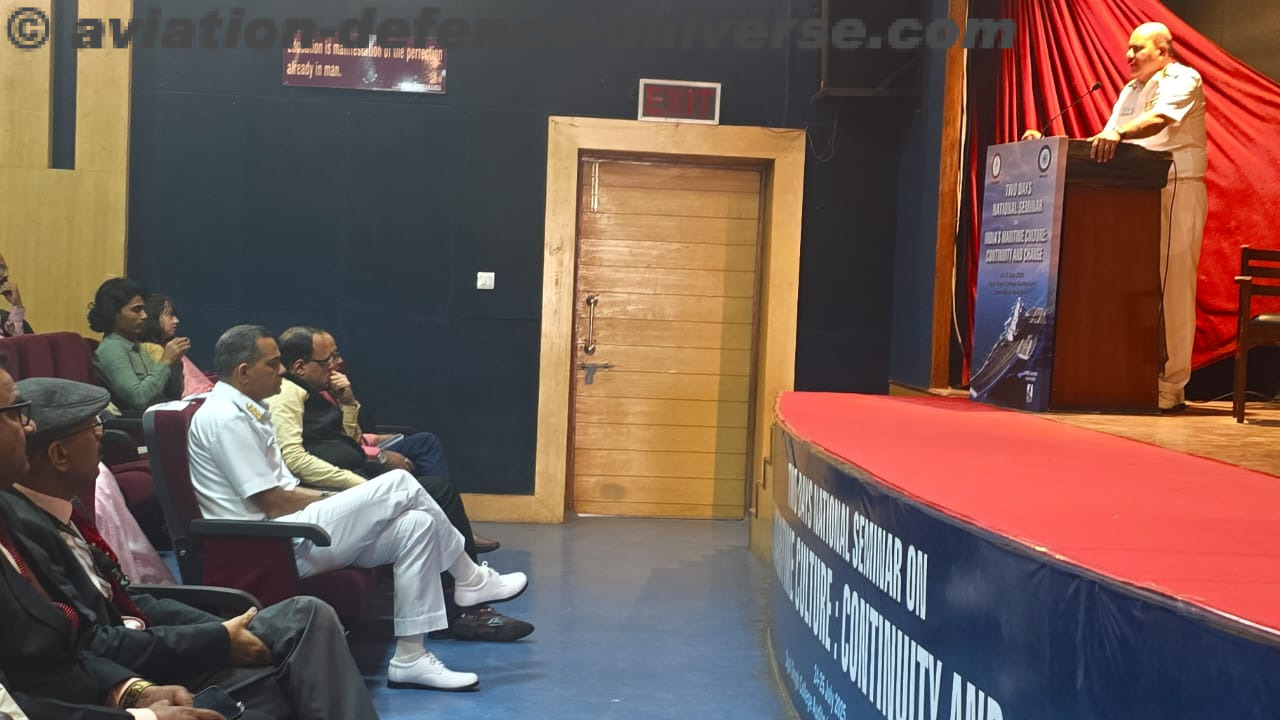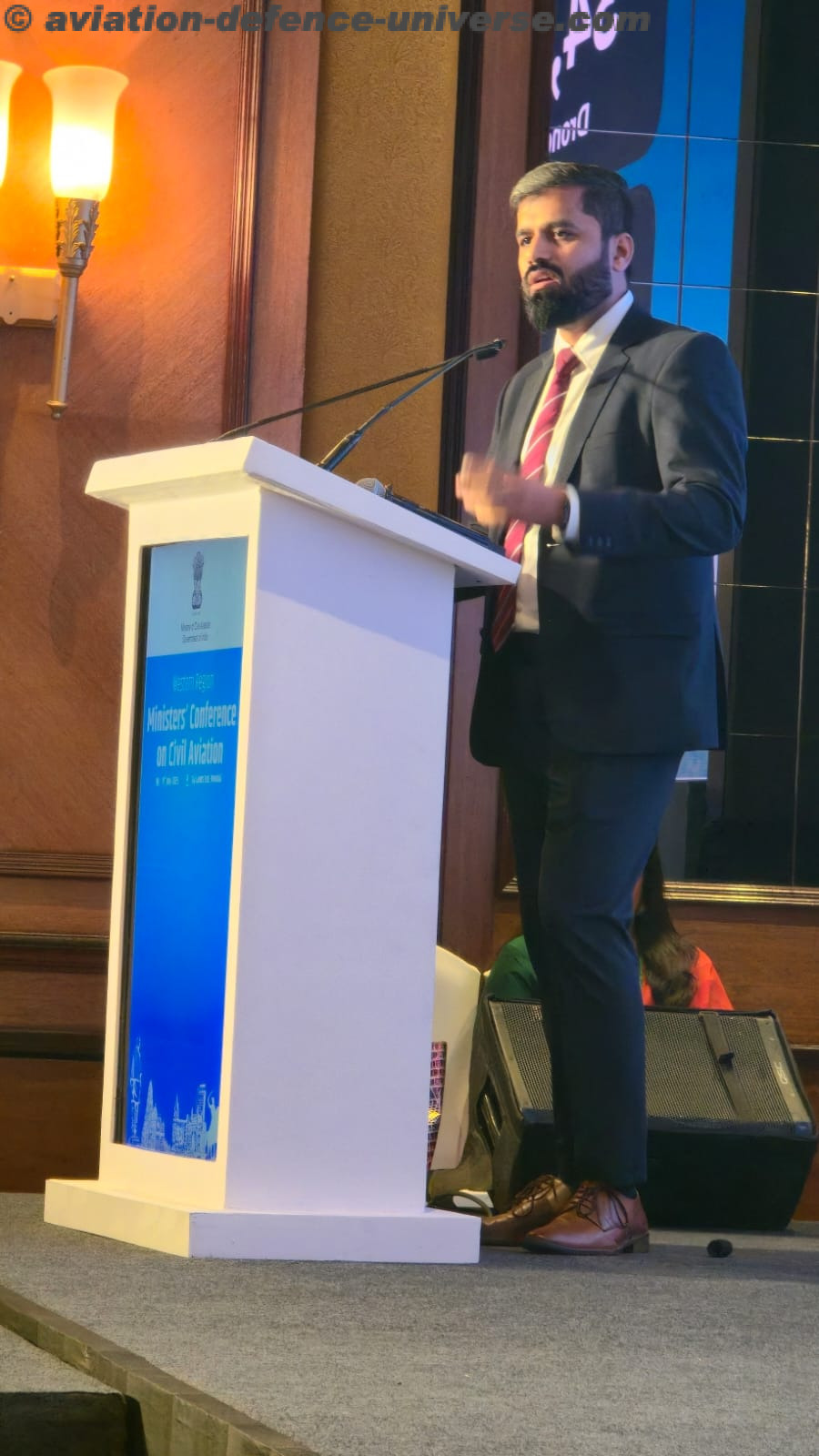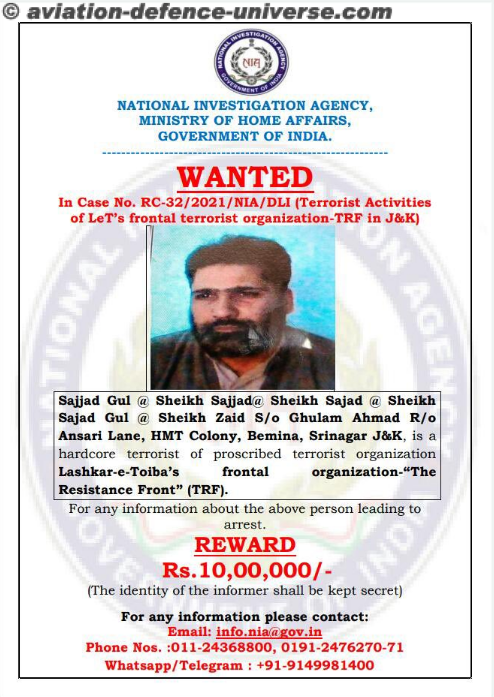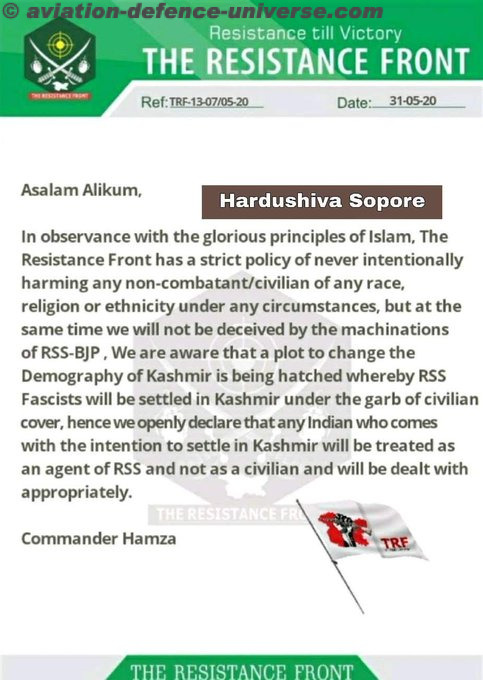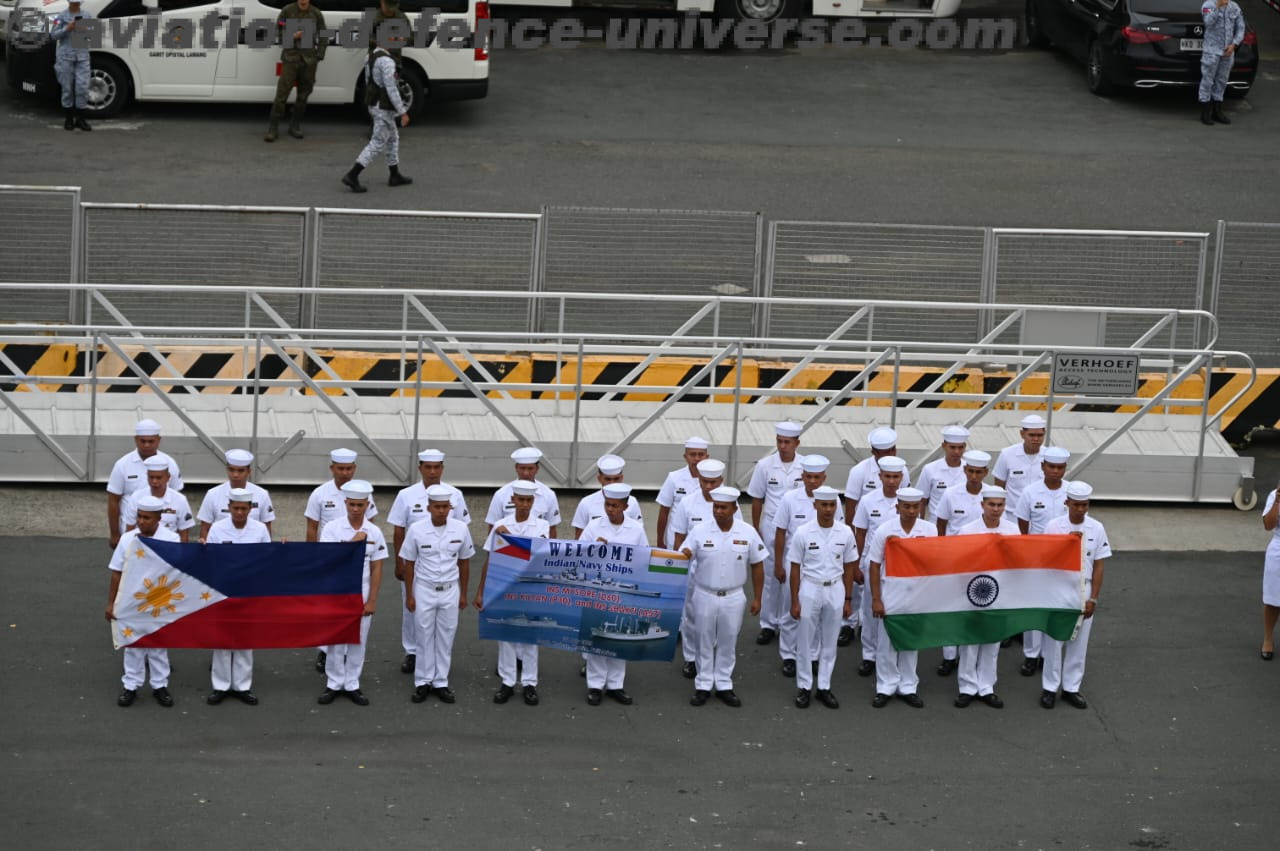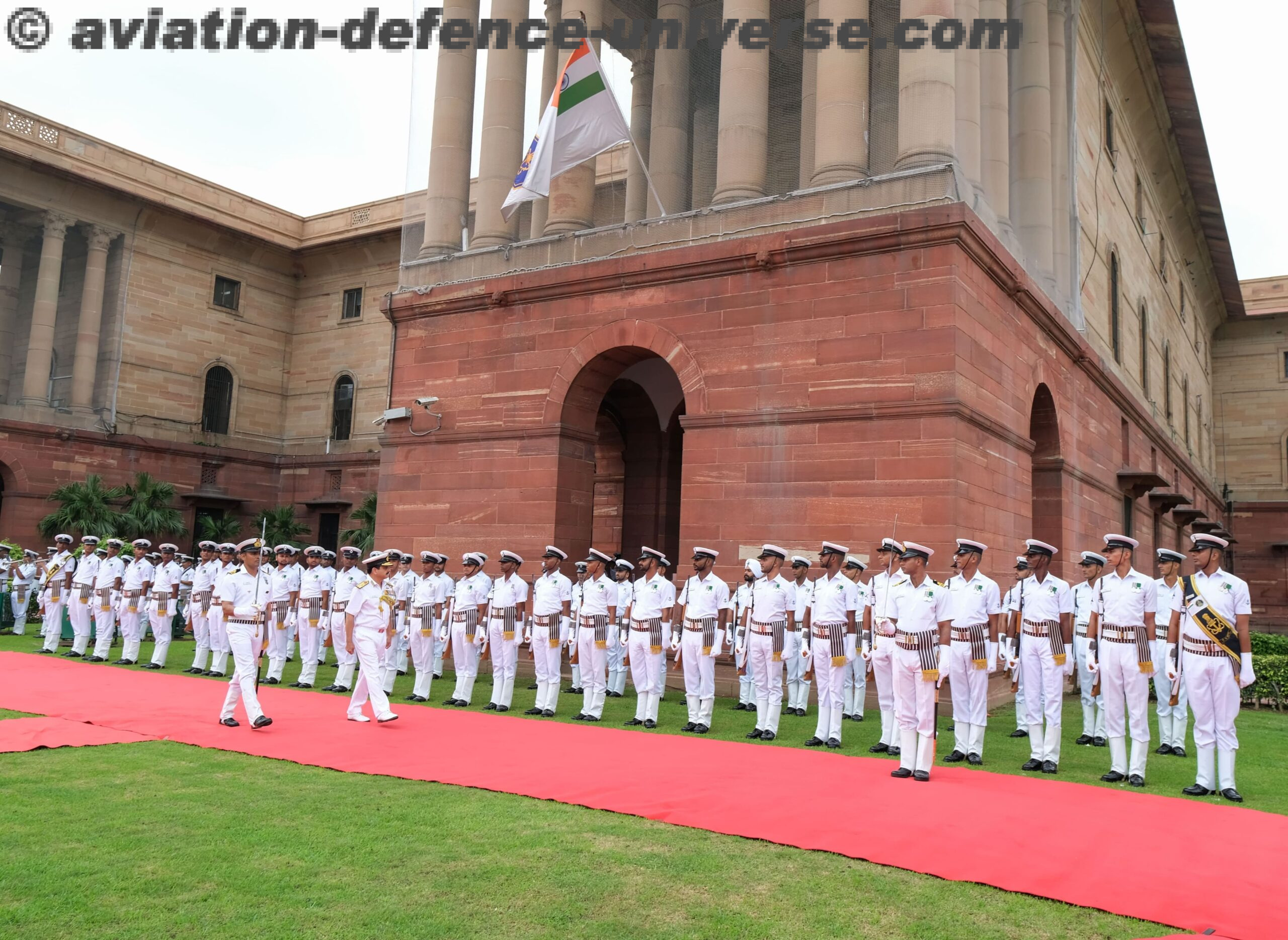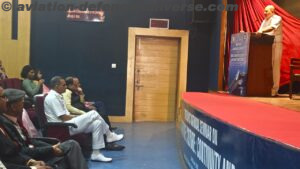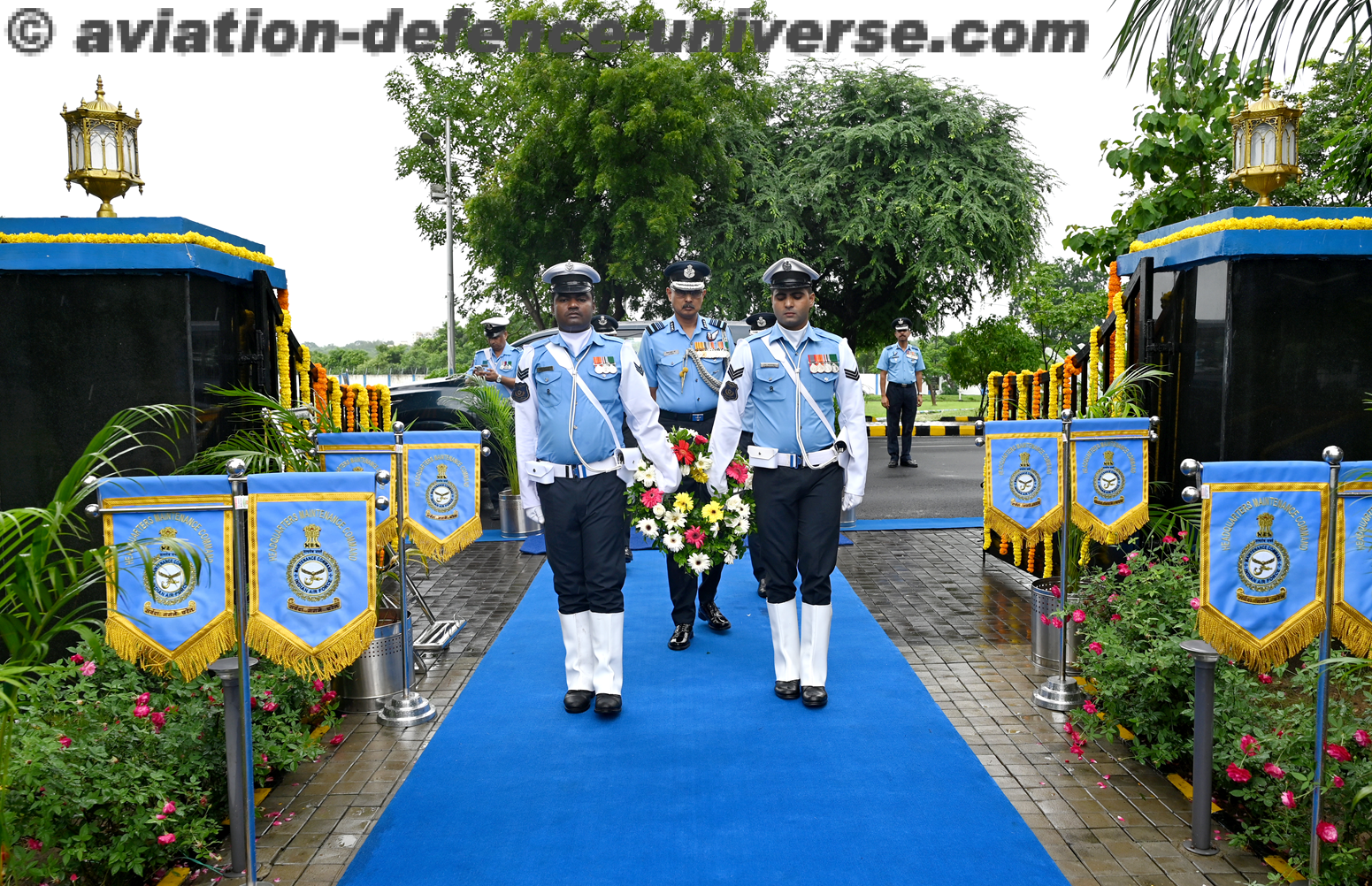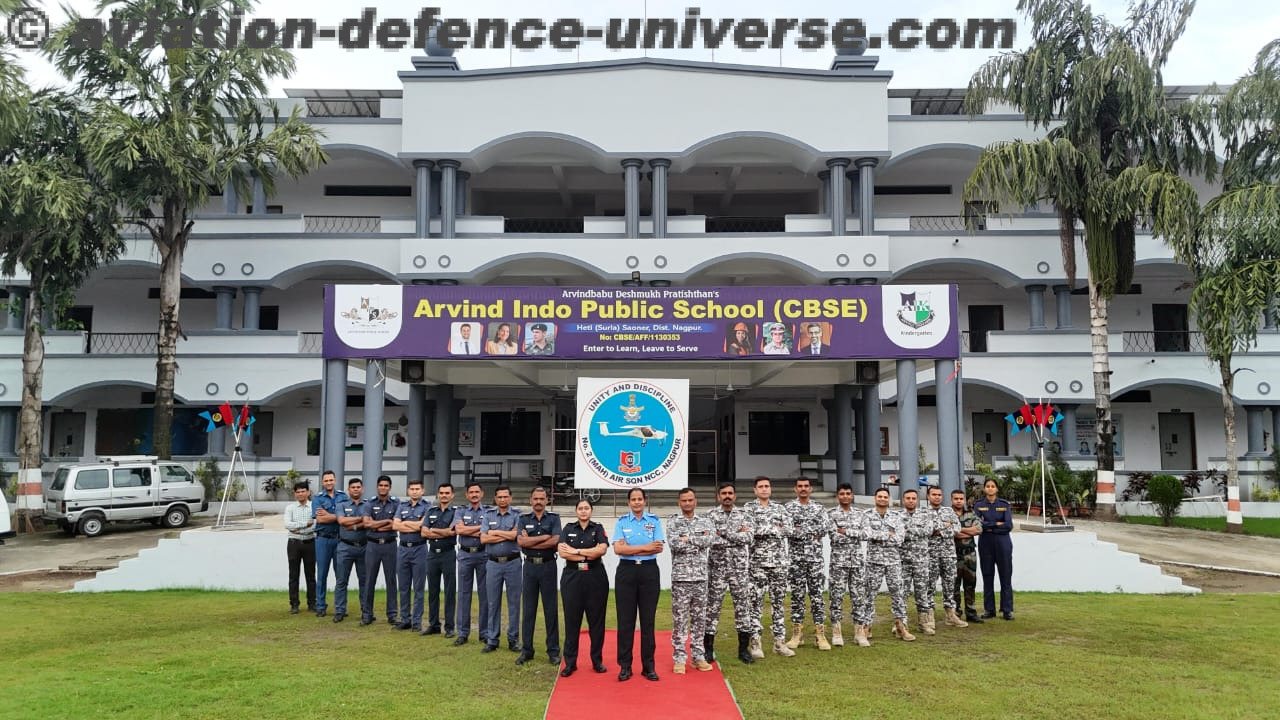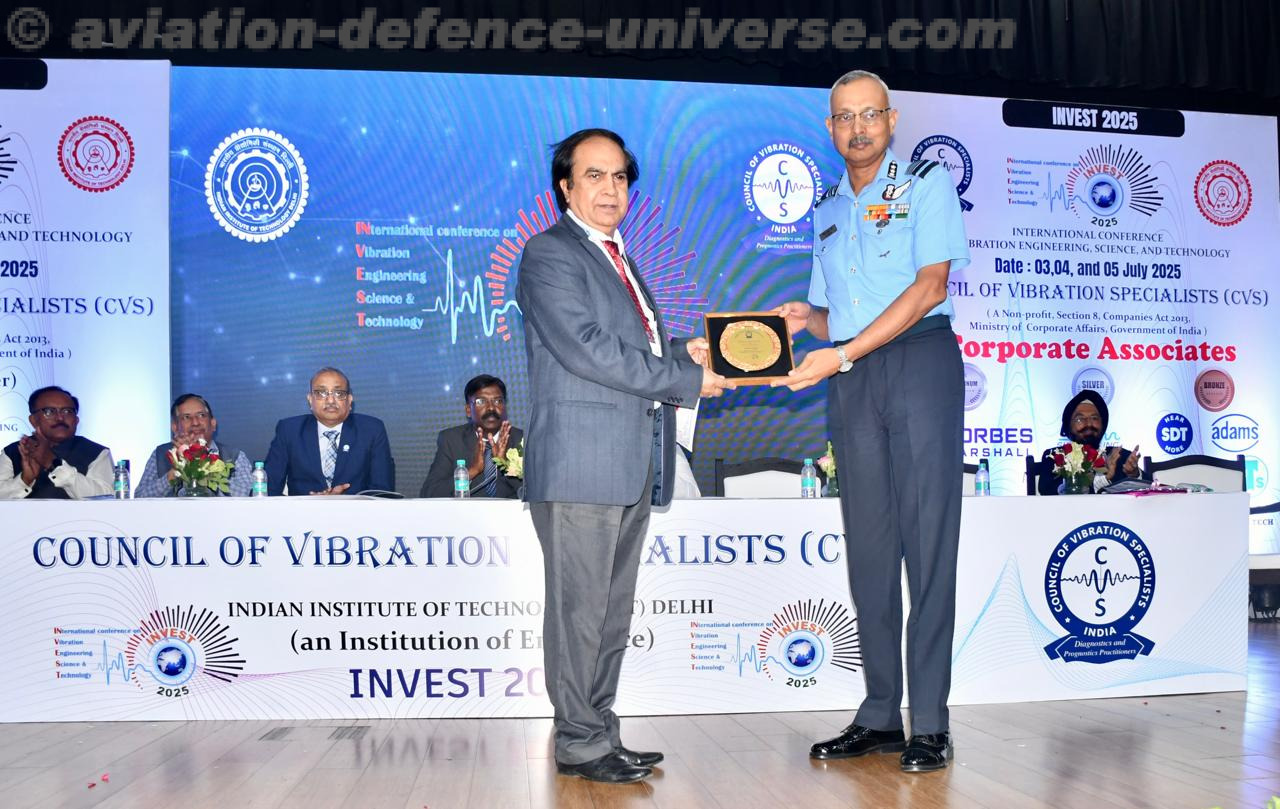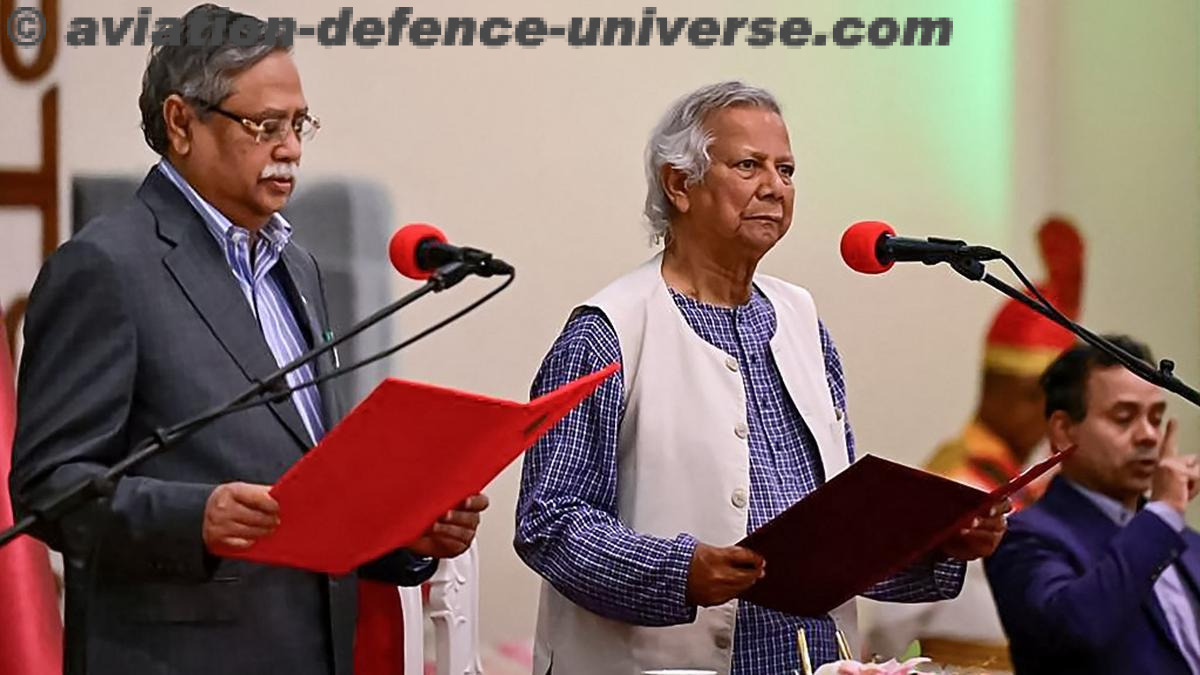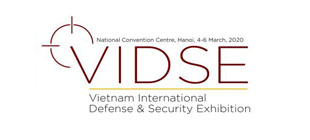- Operation Sindoor and Beyond: Burying the Myth of Parity
- Ending the Pakistan Obsession: Strategic Clarity for India
- Narrative Warfare: Pakistan’s Desperate Quest for Relevance
By Maj Gen (Dr) Ashok Kumar (Retd.)
 New Delhi. 06 August 2025. In this strategic commentary it has been an endeavour to reiterate that India’s long-standing policy of hyphenation with Pakistan—a legacy that has hindered India’s strategic posture and delayed its capability development vis-à-vis its primary adversary, China. Tracing historical missteps and contemporary geopolitical moves, it lays out a compelling case for reshaping India’s national narrative to widen the capability gap and nullify any perception of parity with Pakistan.
New Delhi. 06 August 2025. In this strategic commentary it has been an endeavour to reiterate that India’s long-standing policy of hyphenation with Pakistan—a legacy that has hindered India’s strategic posture and delayed its capability development vis-à-vis its primary adversary, China. Tracing historical missteps and contemporary geopolitical moves, it lays out a compelling case for reshaping India’s national narrative to widen the capability gap and nullify any perception of parity with Pakistan.
It was really ironic that we inherited a divided India wherein Pakistan got created on a religious basis, comprising West Pakistan and East Pakistan. Despite no match between our geographical extent and national capacities, Pakistan developed a narrative of parity with India. It was more disastrous for India to fall into this trap of parity with Pakistan. This had become the formal bias in Indian establishment to see our relations with Pakistan in that parity trap.
With the passage of time, the gaps between our Comprehensive National Powers (CNPs) increased. While we defeated Pakistan both in 1947-48 and 1965 wars despite multiple challenges, the real change came about in 1971 when erstwhile Pakistan was split into two parts, wherein East Pakistan was created as Bangladesh. During 1971 war, India achieved a decisive and unprecedented victory probably one of its kind in the world. It was this very moment when Pakistan’s generated facade of parity should have been negated in India for once and forever and focus should have shifted towards China. It’s ironic that the said narrative of Pakistan continued even after this and our focus on China shifted much later, resulting in delayed capability development on our Northern borders. We are currently trying to catch up in the recent past with white hot priority to develop infrastructure all along our Northern borders besides capability development in the armed forces but the gap continues as infrastructure and capability development does take considerable time..
Pakistan still continues to play the parity narrative. Having lost it in 1971 altogether, it focused again on this game by undertaking nuclear detonations in 1998 in response to our nuclear detonations. Our edge of having detonated the nuclear device in 1974 got missed out in this act of 1998 nuclear detonations, which played some kind of parity narrative during the Kargil war of 1999, wherein we decided not to cross the Line of Control (LoC) despite having a decisive edge in force and national capacities. Pakistan succeeded again, albeit in some manner, to build the narrative of parity.
While Pakistan had already lost the plot of even its narrative after Kargil War as India started renewed focus towards China but it kept pricking India through export of terror in a planned manner which were responded in 2016, 2019, and now in 2025 in a decisive manner. While Pakistan is reeling under severe economic crisis, but it has opted to become a vassal state of China and has been building its Armed Forces from Chinese exported defence equipment, encompassing more than 80 percent of its inventory from the Chinese origin equipment. China is also using Pakistan as a testing ground for its equipment besides avoiding any direct confrontation of substantial magnitude with India. This was amply demonstrated during Op Sindoor (7–10 May 2025), launched by India in response to the Pahalgam terror attack which was perpetuated by Pakistan supported terrorists. While China failed in its equipment probing miserably during Operation Sindoor as majority of them failed, it fully sided with Pakistan to wage war against India. The poor quality of Chinese equipment has also come to the fore during the recent F-7 Jet crash in Bangladesh, resulting in suspension of such orders in the future.
Pakistan suffered a decisive loss during Operation Sindoor, while India achieved an unprecedented victory, but Pakistan upped the narrative war aimed at diluting its losses and trying to reinforce the concept of non-existent parity. It promoted a failed General to the rank of Field Marshal never heard or seen anywhere else in the world where a defeated Army Chief gets elevated in such a manner. Not only this, Pakistan ‘in general’ and General Asim Munir ‘in particular’ courted the US to renew their relevance and join their fight against Iran. The latest episode of honouring General Michael Kurilla, Commander of US Centcom for Operation Midnight Hammer is another level of sycophancy which has become a routine national character of Pakistan. General Munir’s meal with President Trump prior to this did indicate the direction in which Pakistan was moving. It is willing to dump anyone for fostering its national narrative, the most important of which relates to perceptual parity with India. It is ironic that the US President is also assisting Pakistan in its narrative building wherein he is taking unfair credit of ceasefire between India and Pakistan, though it has been clearly denied by our Honourable Prime Minister. US is also aiding Pakistan in its recent Tarrif war wherein it has decided to impose 25 percent Tarrif on Indian goods but spared Pakistan from such a high Tarrif in garb of a trade deal as announced to have been signed with Pakistan. USA is trying to intimidate India to severe its relationship with Russia, a trusted friend without any justification whatsoever. India needs to avoid to fall in such traps due to its national interests.
It is now an absolute national necessity that we shape our national narrative by creating suitable structures in the country with a Whole of Nation Approach (WONA), so that Pakistan remains fixed to its real place and India is able to focus on larger issues of nation-building for its people and capability development in the armed forces to handle collusive threats while keeping China as the primary adversary. Such a focused effort will ensure that Pakistan consciously abandons the bogey of parity and is never hyphenated with India in any domain whatsoever. The best strategy for India to achieve this will entail widening the capability gap with Pakistan in each and every domain beyond Pakistan’s comprehension. Multiple actions need to be taken by India, the most important being fully becoming Aatmanirbhar in all areas with priority being accorded in the defence domain.
This analysis makes a powerful argument for India to shed its preoccupation with Pakistan and instead sharpen focus on strategic capability, national cohesion, and countering collusive threats, especially from China. It calls for a Whole of Nation Approach to narrative building and self-reliance, particularly in defence, so that Pakistan is permanently removed from the frame of parity with India. With Operation Sindoor as a decisive milestone, the time has come for India to take complete control of its narrative and strategic trajectory.
(Maj Gen Ashok Kumar, VSM (Retd) is Director General Centre for Joint Warfare Studies (CENJOWS), a Kargil war veteran and a defence analyst. He specialises on neighbouring countries with special focus on China. The views in the article are solely the author’s. He can be contacted at editor.adu@gmail.com).












